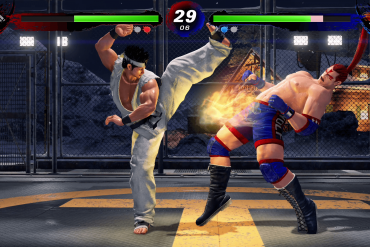To understand the price differences between payment methods we’ll be taking a look at why payment service providers set their fees according to the type of transactions they have to handle. Understandably, we can’t expect payments between businesses and other companies to be comparable with those between customers and enterprises so we’ll take a look at why transaction prices can differ even for payments in the same category.
Why some payment methods are pricier in B2C transactions
When it comes to business-to-consumer (B2C) transactions, some payment methods may have higher costs than others due to the processing fees involved, transaction speeds, and the type of security they require. For example, credit card companies charge businesses a fee for every transaction. Charging per transaction can raise expenses for B2C operations with high foot or online traffic and will lead to higher costs for the consumer.
When businesses have high payment fees, it can deter consumers from purchasing. On the other hand, some businesses specifically offer low or zero-fee structures to entice consumers to spend. For example, in the world of online gambling, some sites charge high fees while others go out of their way to offer fast payments and high payouts. According to Sergio Zammit, one of the most important factors for bettors when choosing a site to play at is their payout rate and how quickly they can withdraw winnings. So, sites with reduced payment fees, often those that accept crypto, usually attract more players. In addition, some e-commerce stores will offer reduced payment fees on purchases over a certain amount, encouraging consumers to shop their sites.
Why do costs vary in B2B transactions?
In business-to-business (B2B) transactions, some payment methods cost more because of factors like operational complexities and compliance requirements within certain industries. Generally, the more expensive a B2B payment is the more secure, fast, and reliable it is.
We see this when it comes to wire transfers when compared to Automated Clearing House (ACH) payments. Wire transfers usually cost more but they get processed in real time whereas ACH payments usually take longer to process. However, the good news is that cheaper ACH payments are catching up to wire transfer speeds according to Investopedia’s Rebecca Lake so it’s possible to lower costs if you need to make fast B2B payments and this will get better in the future.
Cost variations in C2B payment methods
In Canada, the cost of different payment methods for consumer-to-business (C2B) transactions, such as those on platforms like Airbnb and Uber, can vary due to several factors. For instance, credit cards may incur higher fees due to the rewards and protection they offer, while direct bank transfers might be cheaper but less convenient.
However, the Canadian Payment Methods and Trends Report 2021 has highlighted the acceleration of cheaper digital payments, indicating a shift towards more cost-effective and efficient transaction methods.
Factors affecting prices in C2C payments
In consumer-to-consumer (C2C) transactions, payment method fees differ among platforms, as Amazon and Etsy transactions won’t always be the same amount. That’s because these platforms may have different agreements with payment service providers, influencing the overall cost for users.
In Canada for example, sellers on Etsy often face currency conversion fees when dealing with international buyers, which can add to the expense. However, according to a comparison on SellerApp, Amazon supports a wider range of payment options, thus offering more cost-effective solutions for users.

Introvert. Proud beer specialist. Coffee geek. Typical thinker. Pop culture trailblazer. Music practitioner. Explorer.





